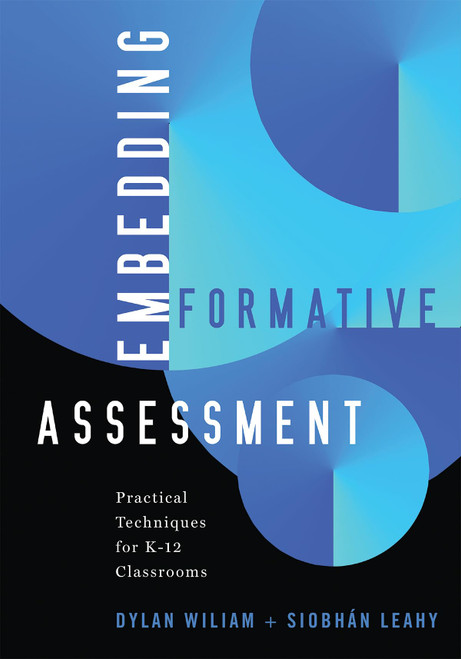When it comes to what makes a great teacher, credentials are nice, but don't overlook the importance of positive early childhood teacher student interactions the primary ingredient in creating quality educational experiences that launch future school success. With CLASS, educators finally have an observational tool to assess classroom quality in pre-kindergarten through grade 3 based on teacher student interactions in the classroom rather than evaluation of the physical environment or a specific curriculum. CLASS is proven. Developed, tested, and researched for over a decade in more than 3,000 classrooms; addresses a school's most urgent needs. Use for accountability efforts, program planning, professional development, and research; is accurate. Repeated cycles of observation establish a real picture of the classroom; targets trouble spots. Tabulated scores help identify areas in which improvement is needed; covers three crucial domains of high quality teacher student interaction:
1. Emotional Support: Social and emotional functioning in the classroom is an indicator of school readiness. CLASS evaluates the dimensions of positive climate, negative climate, teacher sensitivity, and regard for student perspectives.
2. Classroom Organization: Classrooms provide the most opportunities for learning when students are well behaved, active and engaged. CLASS considers behavior management, productivity, and instructional learning formats.
3. Instructional Support: Are teachers making the most of opportunities to effectively support cognitive and language development through the curriculum? CLASS focuses on the roles of concept development, quality of feedback, and language modeling.
What happens in the classroom between teacher and student is critical to how well the child learns. This must-have tool allows educators to assess the emotional and instructional environment and target efforts for improved academic outcomes and a brighter future for young learners.
Classroom Assessment Scoring System (Class) Manual, Pre-k (Vital Statistics)
Brand: Paul H Brookes Pub Co
$128.34 - $217.33
- UPC:
- 9781557669414
- Maximum Purchase:
- 3 units
- Binding:
- Spiral-bound
- Publication Date:
- 2007-11-30
- Release Date:
- 2007-11-13
- Author:
- Robert Pianta Ph.D.;Karen La Paro Ph.D.;Bridget Hamre Ph.D.
- Language:
- english










